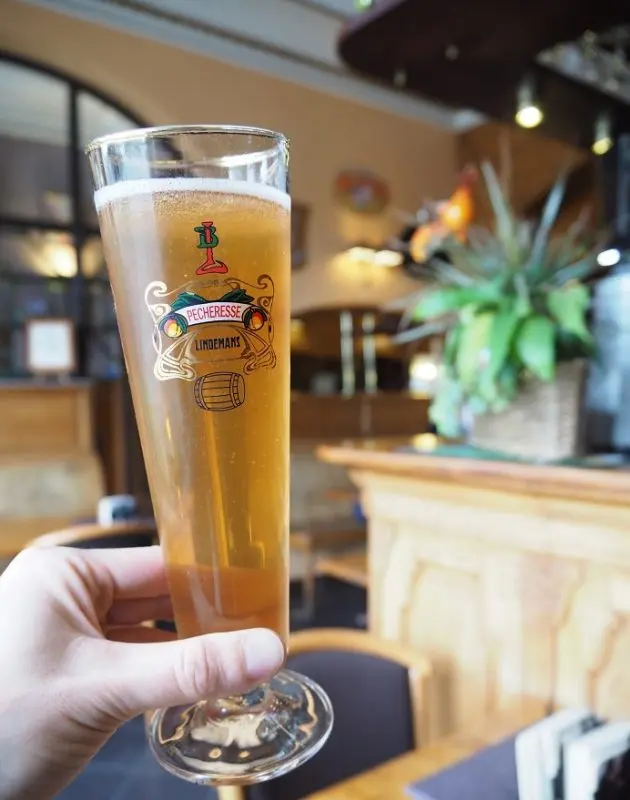Lambic is a Belgian ale based on wheat malt. The style originated on farms in the vicinity of Brussels and, despite the fact that the direction is quite popular, large-scale industries are gradually abandoning it.
Lambics are almost never blended and are generally not aged, which tends to make them slightly sour, though the vinegary notes are against style standards.
Unlike the Berliner Weisse, the style does not boast high carbonation, although it is also quite refreshing in hot weather. The aroma is intense, fruity-sour, with age the smells of the farmyard, honey, apples appear. The notes of cheese, smoke and cigars are contrary to the style standards. Hop profile is usually absent, but the finish is dry.
The malt can show up with nuances of bread and grain, but a lactic acid profile is felt in the foreground in the bouquet. The color of the drink is golden, it can be either cloudy or transparent. In the glass it forms a light, unstable foam.
On the tongue, lambics feel light-bodied, but not watery. The older the drink, the drier it is. This type of ale has a noticeable “knit” in the mouth, but should not contain tart notes.
The style is made on the basis of unmalted wheat (the mass fraction of this ingredient does not exceed 40%), pils and old hops from three years old (for better preservation). Fermentation is spontaneous, both yeast and lactobacilli are added.
Lambics are similar to the gueuze style, only non-carbonated and less complex in flavor.

Strength: 5.0-6.5%.
Density: initial 1.040-1.054, final 1.001-1.010.
Bitterness Index: 0-10 IBU.
Color: 3-7 SRM.









